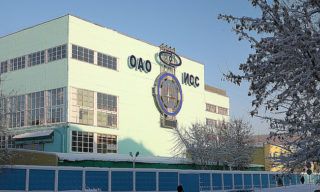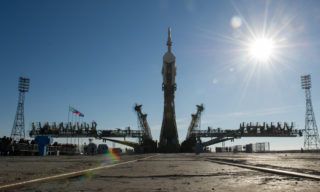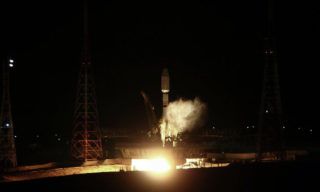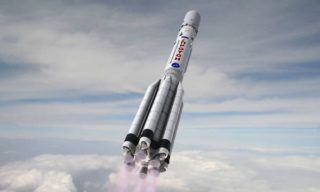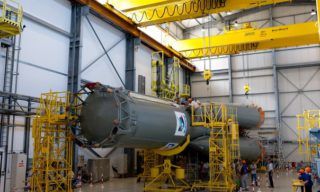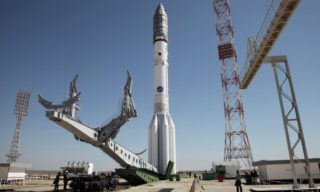“US believe space needs a clear-out badly but they do not have technologies necessary for this operation. The study of the problem is under way”, – deputy assistant of US arms control and agreement verification and compliance State Secretary Frank Rose said.
As Rose pointed out that such works are carried out under the umbrella of National Security Council and Science and Technologies Board of management.
“About 60 countries have their devices on the orbit not to mention numerous commercial organization and scientific institutions. This may result in space being overcrowded’, – US diplomat stated.
According to him there are more than 22 thousand space objects larger than 10 centimeters detected by Pentagon with 1, 1 thousand active satellites at that.
“Moreover there are hundreds of thousands objects that are too small to be observed, but dangerous enough to damage satellites or the ISS”.
According to US data in last 5 years the quantity of space trash increased due to two events drawing an international response. In 2007 China tested anti-satellite weapon, destroying its own device and 2009 saw a collision of 2 satellites: Russian “Cosmos” and US “Iridium”.
“Not only USA but other countries are studying this issue how to remove the largest fragments that are the most dangerous for the ISS. But the problem is connected with serious political, technical, financial and legal difficulties. American experts are only at the beginning of their experiments, – Rose specified. – And US government still hasn’t taken any decision in this respect”, – he underlined.
There are no technologies suitable for this purpose yet, despite the fact that some American companies are trying to work it out. There were also offers from abroad received. Swiss engineers suggested using a special device acting like vacuum cleaner, many specialists believe that laser technologies would be more appropriate for removing space trash. Anyhow it is the matter of a distant future.
Meanwhile US focus on working out international standards that enable to keep the space clean from man-made trash and stand for the projects of International Space Behavior Code prepared by EU. It is supposed to be discussed in Kiev in May. All leading Space Countries including Russia who has already spoken about the necessity of such document will take part in the discussion.
Source: novosti-kosmonavtiki.ru





